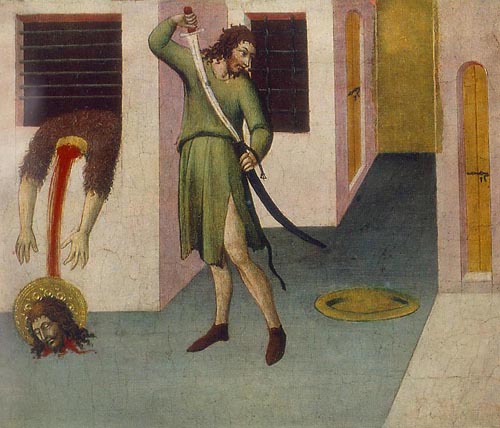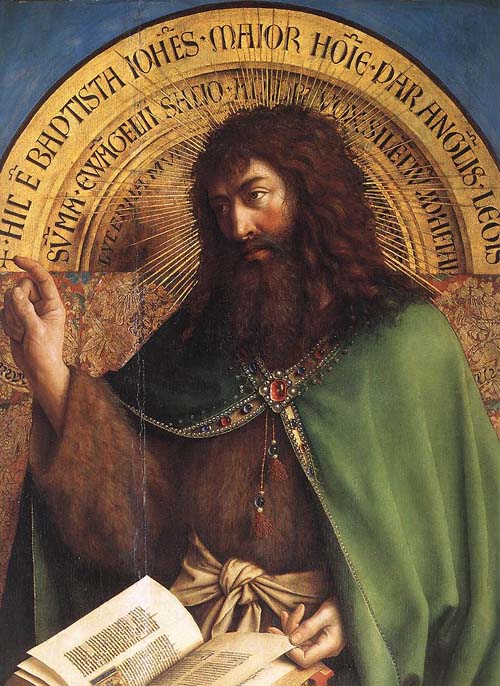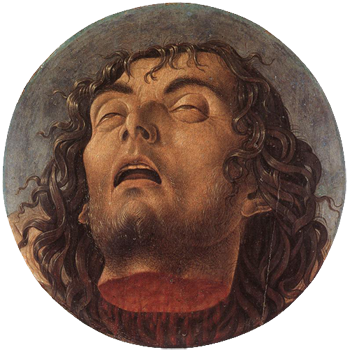Jeff Ward wrote an interesting analysis of the commercial viability of independent games. I highly recommend it to anyone who has any illusions about the Great Era For Indie Games that we’re living in. Because the reality is cold and hard for most of us. Indie games is becoming as much a commercial and hit-driven business as its AAA counterpart (via Game Set Watch).
This, of course, made me immediately think about alternatives. The indie scene is too valuable to be spoiled by banal commercial considerations. There must be another way! But perhaps not within the games industry…
The games industry is -still- largely a manufacturing industry, not a creative industry. What I mean by that is that its focus is on the production of goods that can be consumed, rather than on invention and communication, or even entertainment. One of the oddities about the games industry is that the highest selling games and the games that get the highest critical praise are -by and large- the same. Whereas in other creative fields, the opposite is true: mass market products are looked down upon by the connoisseurs and marginal experimental products often get praised.
Within the games industry, the only criticism on this situation comes from academic circles and small groups of dissident gamers and journalists. Most people in the industry (publishers, developers and audience) are perfectly comfortable with reducing a game’s merit to its commercial success. There is no strong desire to invent new things or expand horizons. In fact, every new idea that comes along is heavily criticised, not for its intrinsic value, but for its potential lack of commercial viability. Even on the indie scene, where most developers are primarily driven by passion and not greed, success is still measured in commercial terms. Up to the point where indie developers congratulate their colleagues when they are bought by a bigger company or funded by a publisher (which, in essence, means they cease to be independent).
Commercial gain trumps everything in the games industry. You can make games that hardcore hobbyists despise, but if you sell well, you’ll be respected (Nintendo’s recent success, for example). But what’s much much worse is the opposite! If you make a game that does not sell well, it is simply ignored, shoved aside and dropped into a bin labelled “irrelevant”. If a game doesn’t make money, it’s considered to be irrelevant!
Even the few exceptions that exist, always carry this mark of shame with them. Any article that celebrates the greatness of underselling but highly praised games such as Ico, Psychonauts or Beyond Good and Evil, will invariably mention that the game did not sell well. As some kind of warning to anyone who would dare to do the same. While, seriously, after all this time, does the lack of sales still matter? In any other medium, first of all, commercial success is all but ignored when discussing a masterpiece. And second, a masterpiece that might have been commercially unsuccessful when it was released, makes up for that over time, after being praised on and on by the critics (Van Gogh being the most ludicrous example of this phenomena).
When it comes to games, it almost feels like commercial considerations are an integral part of the form. And I wonder if this is because of the kinds of people that are attracted to games. Games are competitive activities. And striving to win is a big part of the experience, especially in the prominent single player action game category. Gamers can be quite ruthless. In fact, it is expected of you to be ruthless. Your enemies must be defeated, if not destroyed. That’s the main winning condition of most videogames.
These goals happen to be shared by business culture, particularly its capitalist variety. Morals are set aside, friendship is set aside, care for the community or the environment all have to make way for the desire to win, to beat the competition. Business seems to be in a continuous state of war, where things are permitted that would not be accepted in normal society. When all factors in any issue are considered, profitability is the one that leads the decision. A decision that does not support growth of the company, growth of the market share, increased profits, etc, is considered foolish. Is considered playing badly. And will lead to losing the game.
If the people who are running the industry work from the mindset of gamers, it should come as no surprise that the games industry is not a creative one. In a field where financial gain defines success, there is no room for experimentation, exploration, expansion, maturation. And there certainly is no room for considering the quality of people’s lives, care for the environment, art (only when these concerns coincide with financial gain can they pop up on the radar). Maybe this is why the games industry never seems to grow beyond its confines as a manufacturing industry. An industry that is doomed to cater to the whims of the market, instead of leading the community by example, information and discussion. As a result, games are doomed to be forever shelved in the toy store, between to the board games and the superhero comic strips, never living up to their potential to challenge the crown of fine art, cinema and literature.




